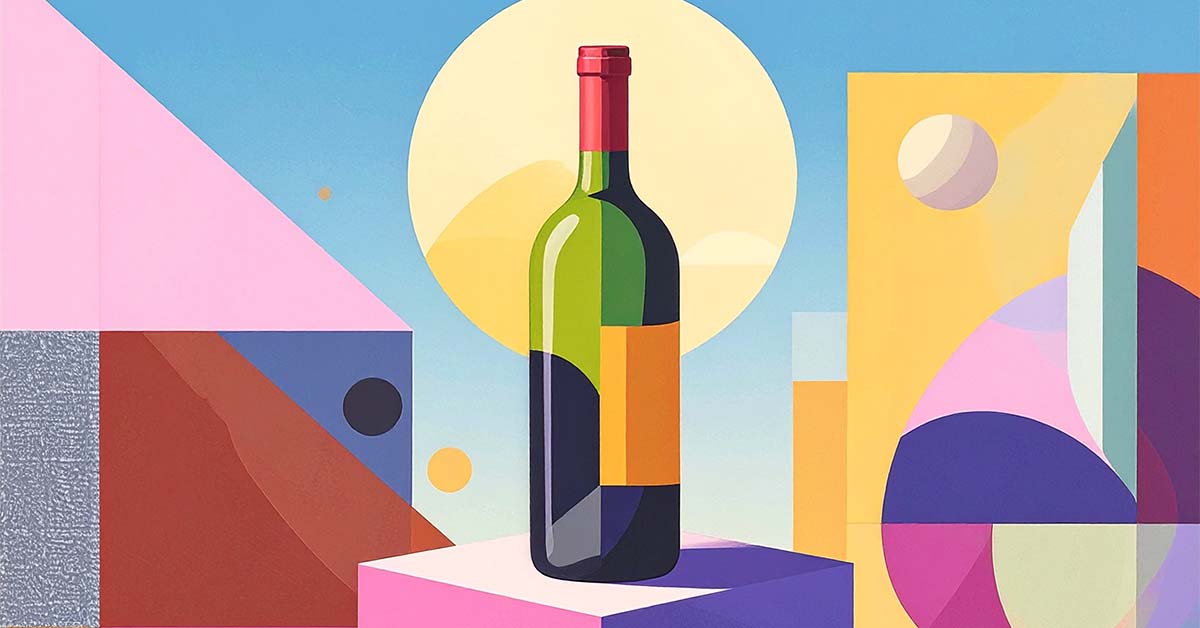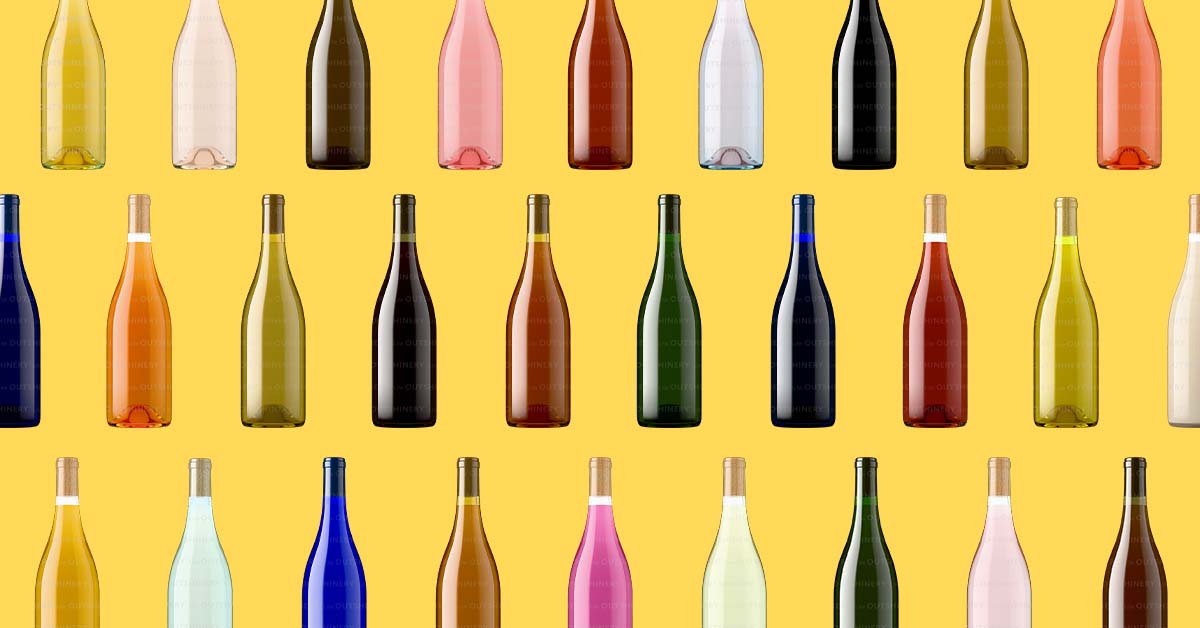Alcohol marketing trends in 2026: how brands can stay ahead
Emerging challenges and opportunities
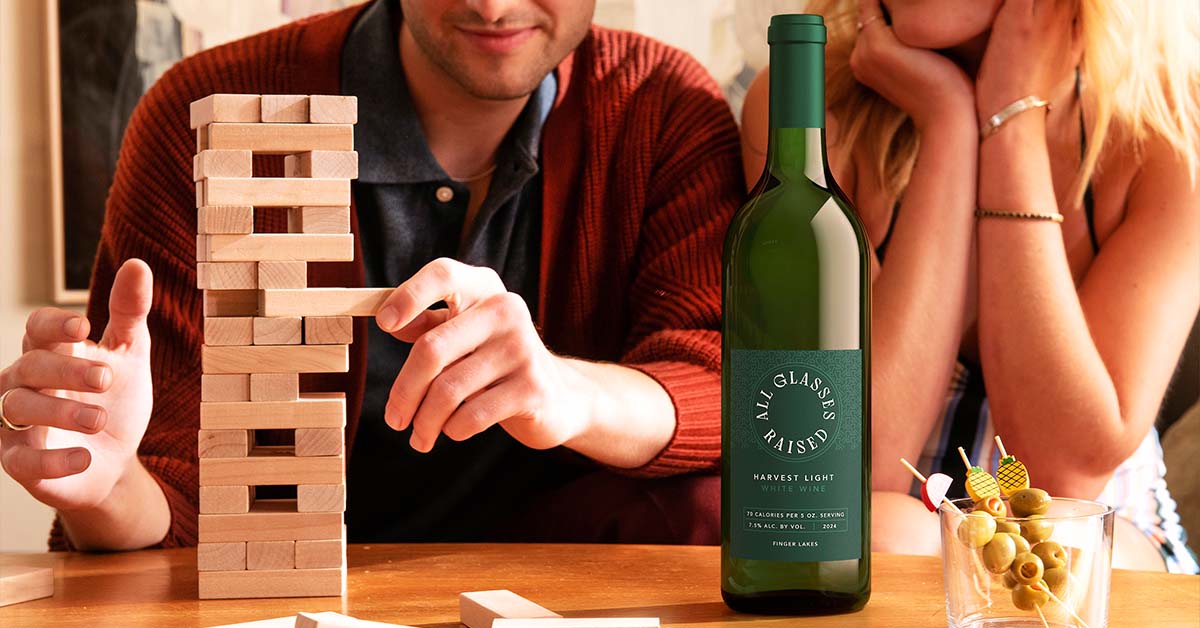
The alcohol industry stands at a pivotal point. Consumer habits, wellness priorities, and digital experiences are converging in ways that will reshape how alcohol brands communicate, sell, and build loyalty. In 2026, marketers face an audience that’s more discerning, informed, and less traditional about when and how they drink.
Marketing for alcohol used to be about aspiration. Now it’s about alignment, between your product, its purpose, and the people who buy it. For brands, that means imagery and messaging must evolve in sync: showing not just what’s inside the bottle, but what the brand stands for.
The following alcohol marketing trends for 2026 outline where the industry is heading and how brands can stay ahead of shifting expectations.
Millennials and Gen Z set the tone
Younger audiences, different expectations
Millennials and Gen Z are no longer emerging audiences: they are the driving force behind global beverage trends. According to Business Insider, Gen Z is drinking less than any generation before it, but they’re spending intentionally when they do. They prioritize experiences, authenticity, and personal values over brand heritage alone.
These consumers want to know what a brand stands for as much as what it tastes like. They favor social storytelling, purpose-led partnerships, and messages that celebrate individuality. They expect what they see online to reflect real-world values, from label design to social content.

What this means for marketers
- Rethink legacy appeal: Success in 2026 requires community-driven marketing, less broadcasting, more conversation.
- Focus on niche campaigns: Expect to see smaller campaigns built around influencers, user-generated content, and specific cultural touchpoints, not mass media blasts.
- Embrace authenticity: Your audience values transparency and genuine connection over polished corporate messages.
Wellness and moderation reshape consumption
From “more” to “mindful”
The “sober-curious” movement has matured into a mainstream lifestyle. Research from Zappi shows rapid growth in low- and no-alcohol categories across major markets, driven by health-conscious consumers seeking balance over buzz. These buyers are not abstaining, they are moderating.
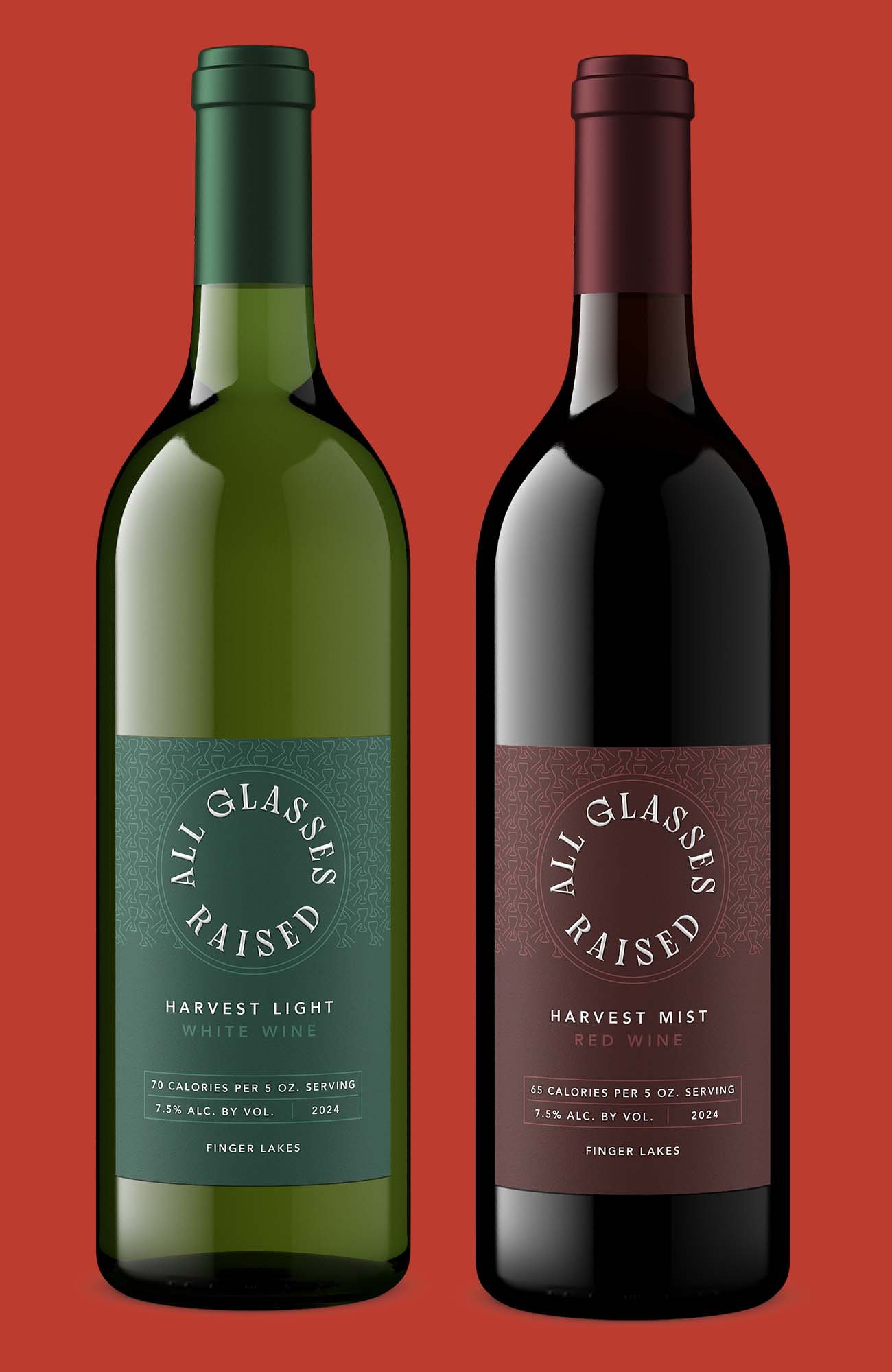
A new opportunity for brand extension
Brands that embrace wellness can expand their portfolios without losing credibility. Think botanicals, adaptogens, and functional ingredients positioned around self-care and social connection. Your marketing should highlight positive emotions (joy, calm, clarity, etc.) rather than the absence of alcohol.
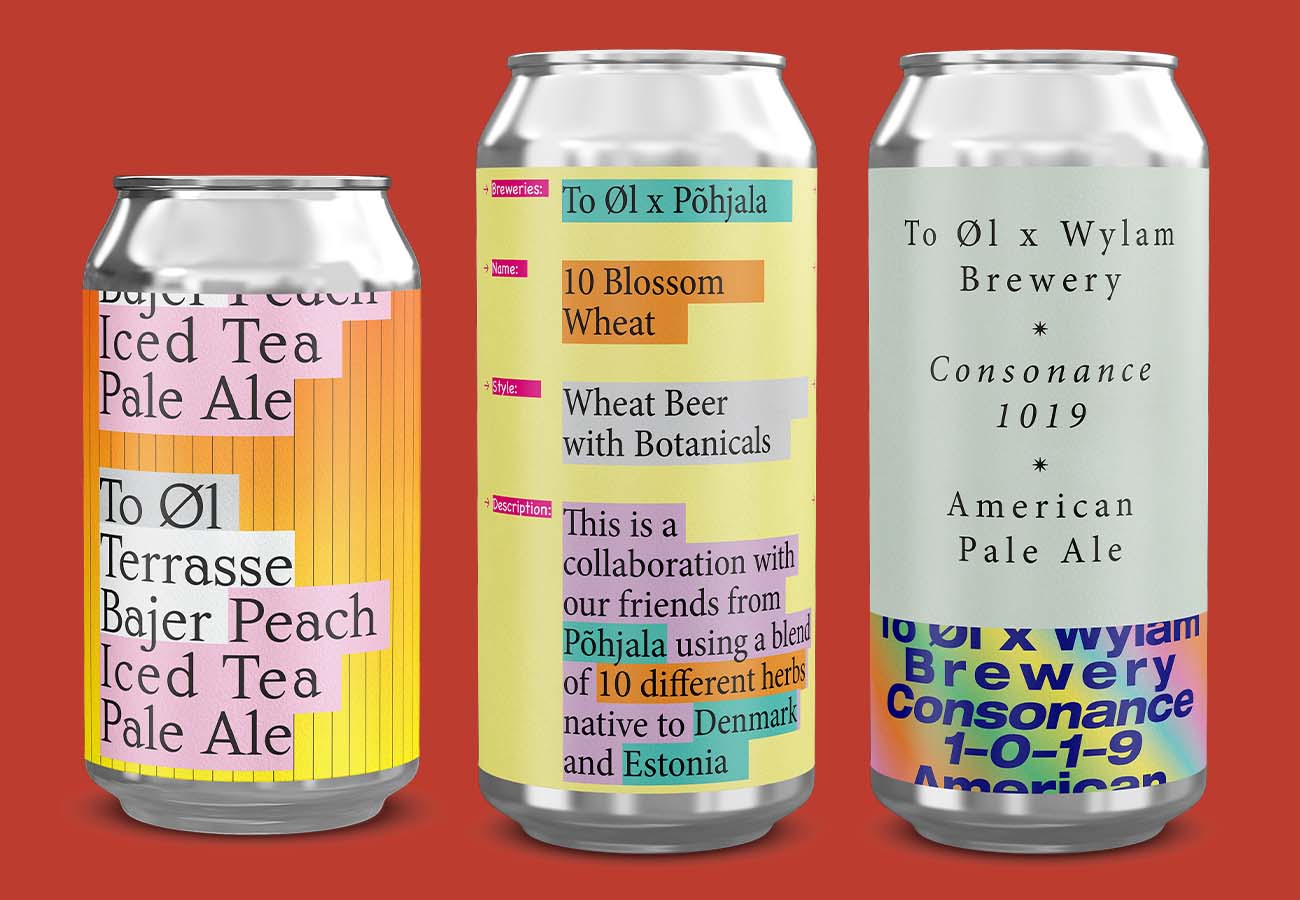
Digital and social media evolve
Beyond traditional ads
By 2026, digital experiences will define alcohol brand storytelling. Digital advertising now accounts for over 60% of total alcohol ad spend in the U.S., with social-first campaigns driving the highest ROI (Statista, 2025). Platforms like TikTok, Instagram, and YouTube dominate discovery, but genuine authenticity converts.
This visual-first digital shift makes professional, consistent imagery crucial for any campaign's success. Outshinery clients increasingly integrate high-quality product visuals directly into their digital storytelling and augmented reality (AR) activations.
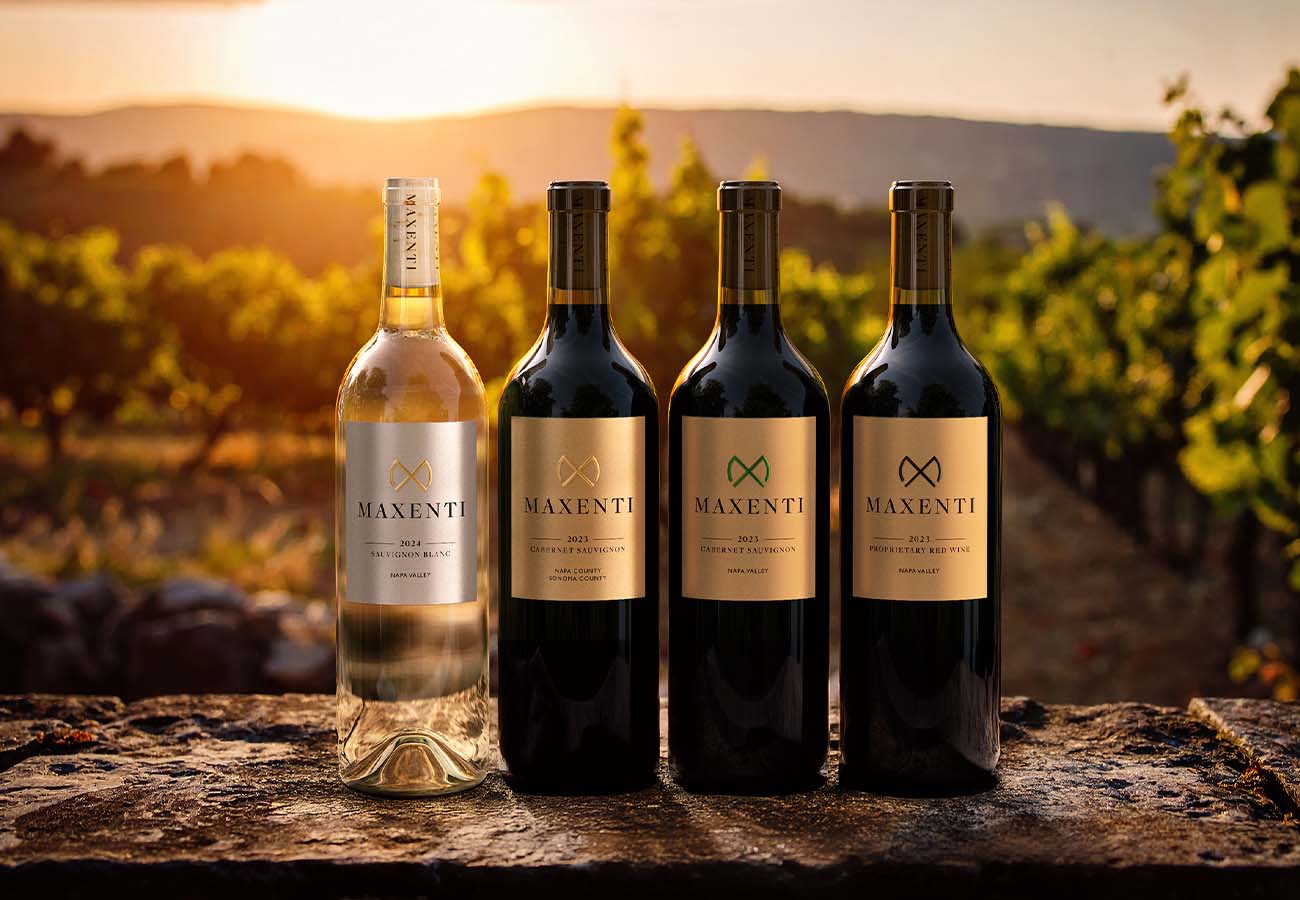
What’s next
Interactive elements like AR labels, QR-driven content, and creator collaborations make every bottle an entry point into your brand’s universe. Marketers are finding success with transparent behind-the-scenes content, showing sourcing, sustainability efforts, or production, shared by real people, not polished spokesmodels.
Premiumization with purpose
The art of meaningful value
While inflation continues to challenge global markets, consumers are still willing to pay more for perceived value. Reports from NielsenIQ and IWSR show sustained growth in ‘premium-but-ethical’ segments: where craftsmanship, local sourcing, and sustainability justify higher price points.
Every pixel matters: visual consistency reinforces perceived value.
Balancing indulgence and intention
In 2026, premium doesn’t mean exclusive: it means intentional. Brands that combine artistry with accessibility, or heritage with innovation, can thrive. Expect messaging around limited releases, small-batch authenticity, and transparent supply chains to continue gaining traction.

Packaging, format, and convenience lead innovation
Smaller, smarter, more portable
The rise of RTDs (ready-to-drink beverages) and smaller packaging formats reflects evolving lifestyles. BeverageDaily reports that convenience and variety are driving global RTD growth, particularly among consumers who prefer spontaneity over ceremony.
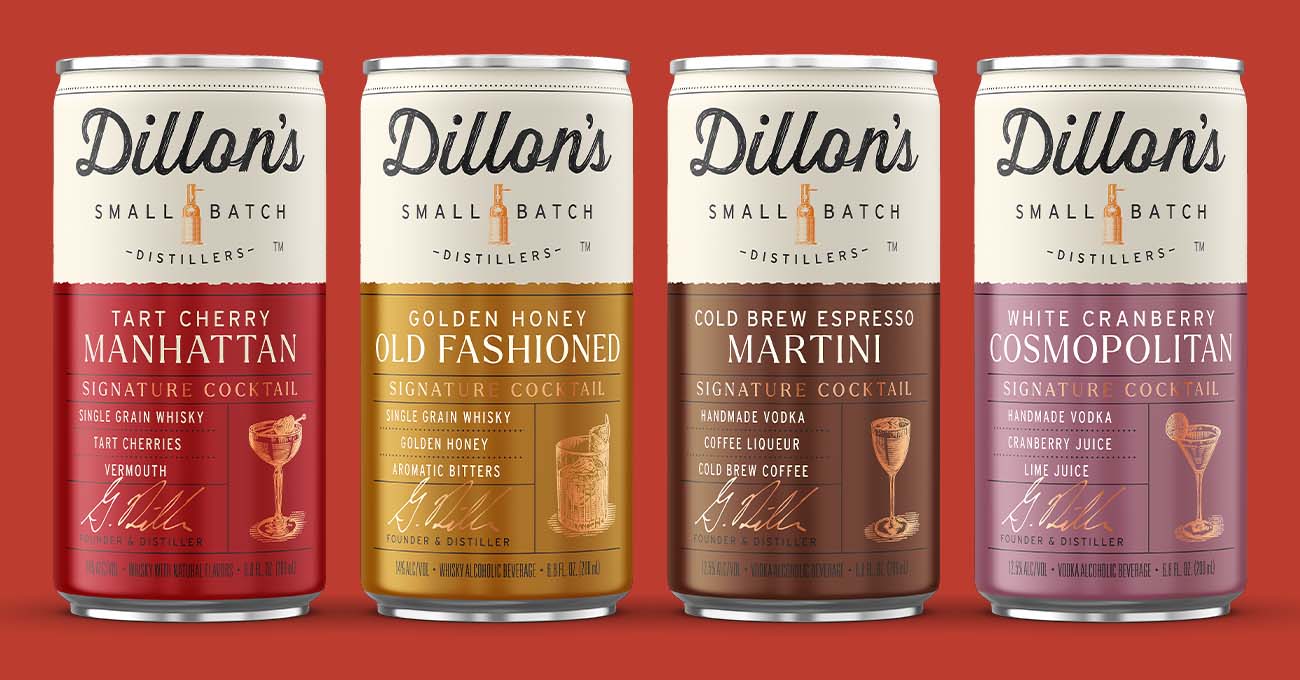
How brands are responding
Single-serve cans, multi-packs, and sleek bottle designs are becoming marketing assets in their own right. Visual identity now extends beyond the label: shape, feel, and sustainability all influence purchase intent. Expect continued experimentation with recyclable materials and refillable systems.
Brands using cohesive imagery across these new formats (from RTD cans to sleek small bottles) stand out on digital shelves and distributor catalogs.
Sustainability and transparency become non-negotiable
Eco-conscious expectations
Environmental commitment is now a baseline consumer expectation. According to Meyers Printing’s 2025 study on sustainable brand packaging, 82% of consumers say eco-friendly packaging influences their purchase decisions. Greenwashing won’t work: proof and consistency will.
Building brand trust through honesty
Marketers should highlight measurable progress: carbon footprint reduction, water use optimization, or community reinvestment. The most successful 2026 campaigns will integrate sustainability into storytelling, not treat it as an afterthought.
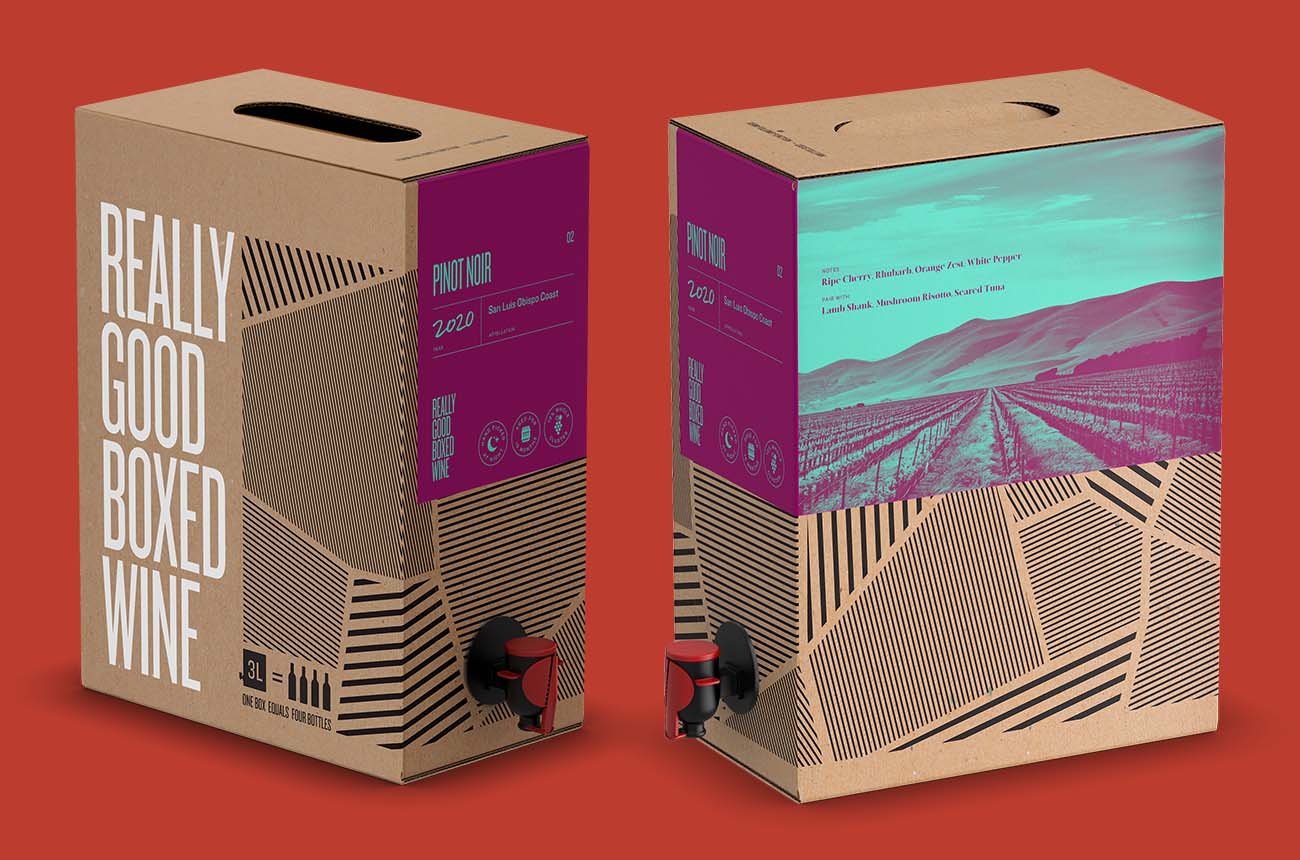
Regulation and responsibility tighten
The compliance era of creativity
As alcohol advertising regulations evolve, marketers must balance creativity with accountability. Regulatory bodies worldwide, including the EU and the U.S. Alcohol and Tobacco Tax and Trade Bureau (TTB), continue to tighten restrictions on ad placement, health claims, and digital targeting.
IWSR’s Global Alcohol Trends report notes increasing emphasis on responsible marketing as a consumer trust driver. Transparency and responsible messaging are no longer optional: they’re required.
Adapting to a changing environment
Leading brands are adopting self-regulation models, setting internal standards that exceed legal minimums. Expect more campaigns focusing on moderation, responsible enjoyment, and social inclusion as hallmarks of modern alcohol marketing ethics.
The opportunity ahead
Rethinking growth in 2026 and beyond
The year ahead represents a chance to redefine what success means in alcohol marketing. Growth won’t come from louder ads, but from smarter alignment: with consumer lifestyles, digital behaviors, and ethical values.
Brands that thrive will be those that act like cultural participants, not just advertisers. They’ll use transparency as a tool, creativity as currency, and digital connection as their main channel for loyalty. In 2026, the winning message won’t be “drink more.” It will be “drink better.”
Key alcohol marketing trends for 2026
- Digital storytelling and social-first content lead brand discovery.
- Moderation and wellness drive growth in low- and no-alcohol categories.
- Premiumization with purpose reshapes how consumers define value.
- Sustainability and transparency are now non-negotiable.
- Smaller formats and RTDs meet convenience-driven lifestyles.
- Responsible advertising and compliance shape creative strategy.
In short, alcohol marketing in 2026 is about connection, conscience, and consistency: the brands that blend all three will win.

















